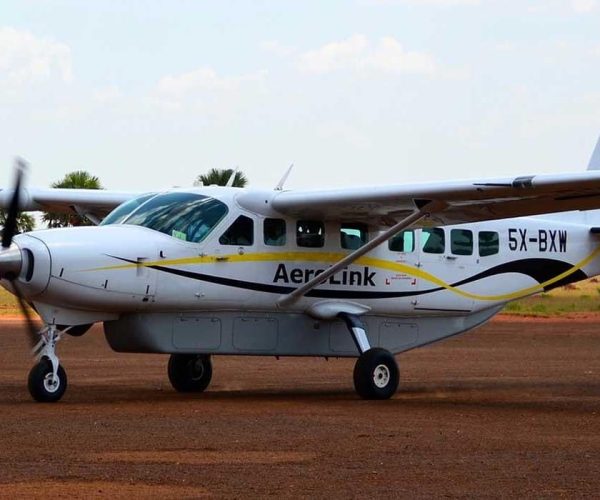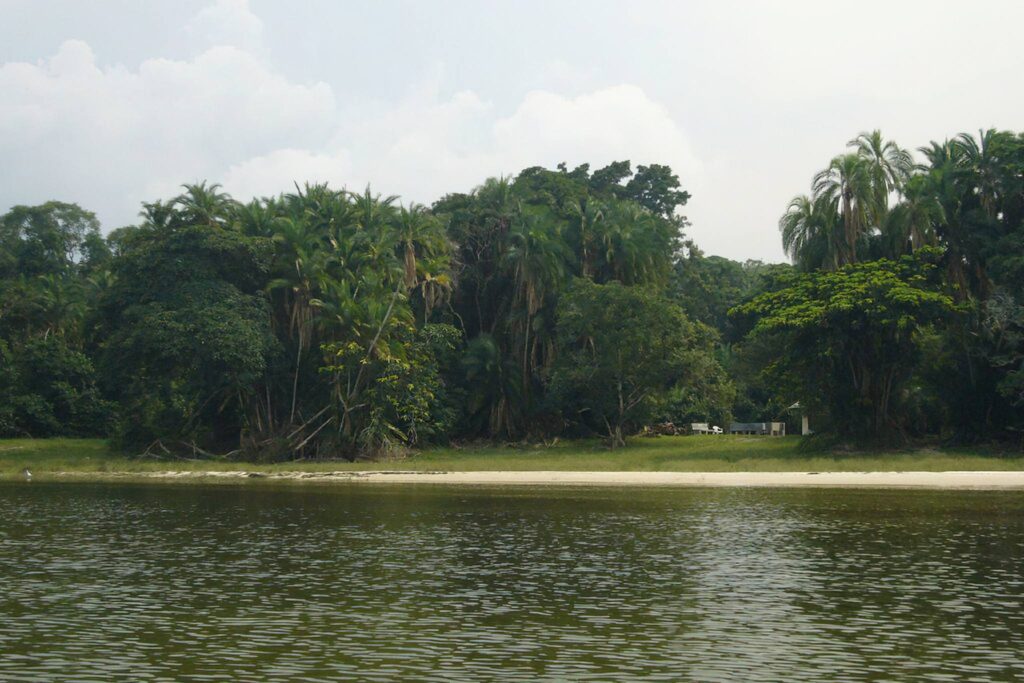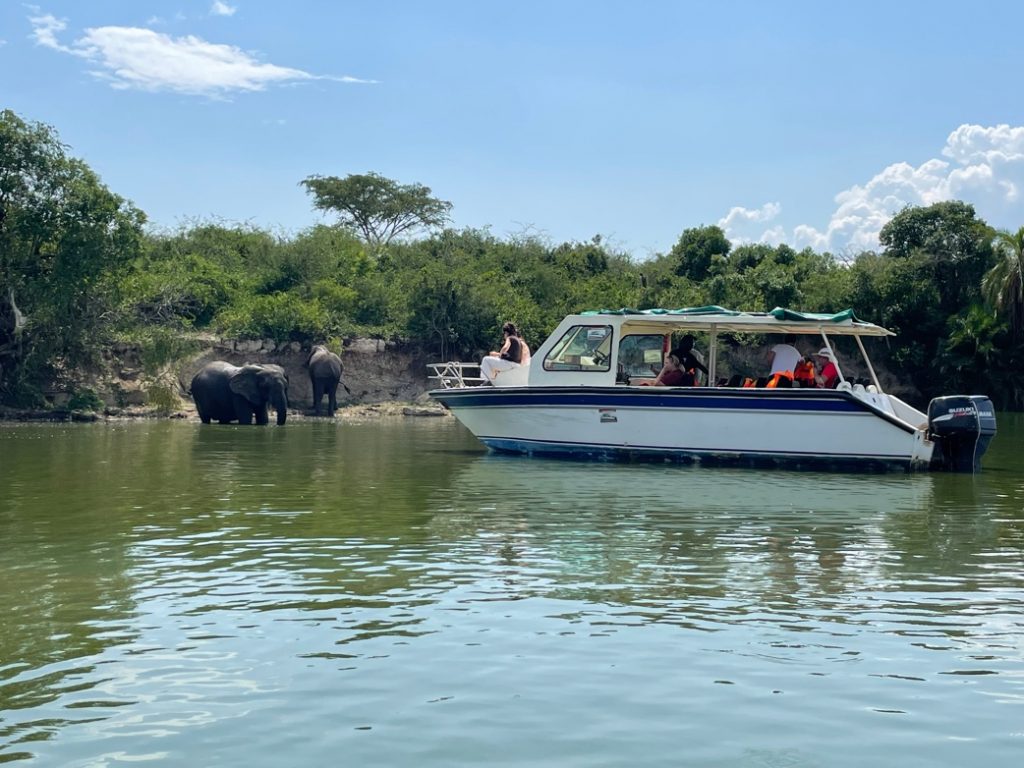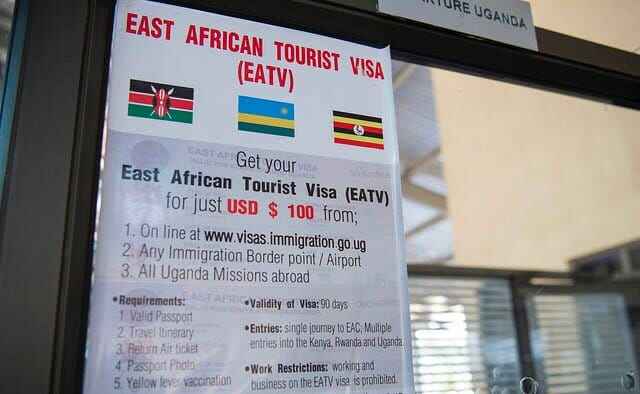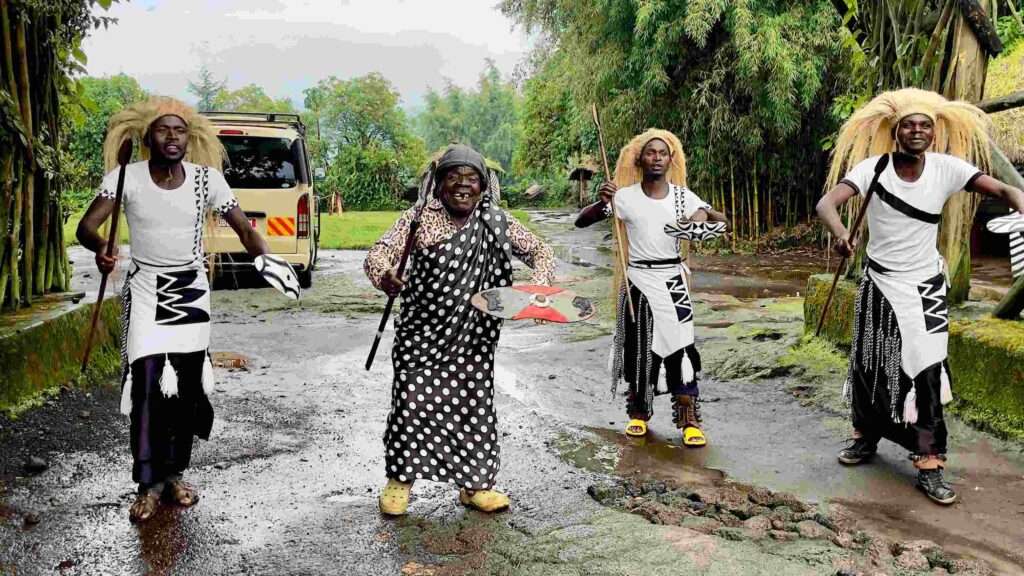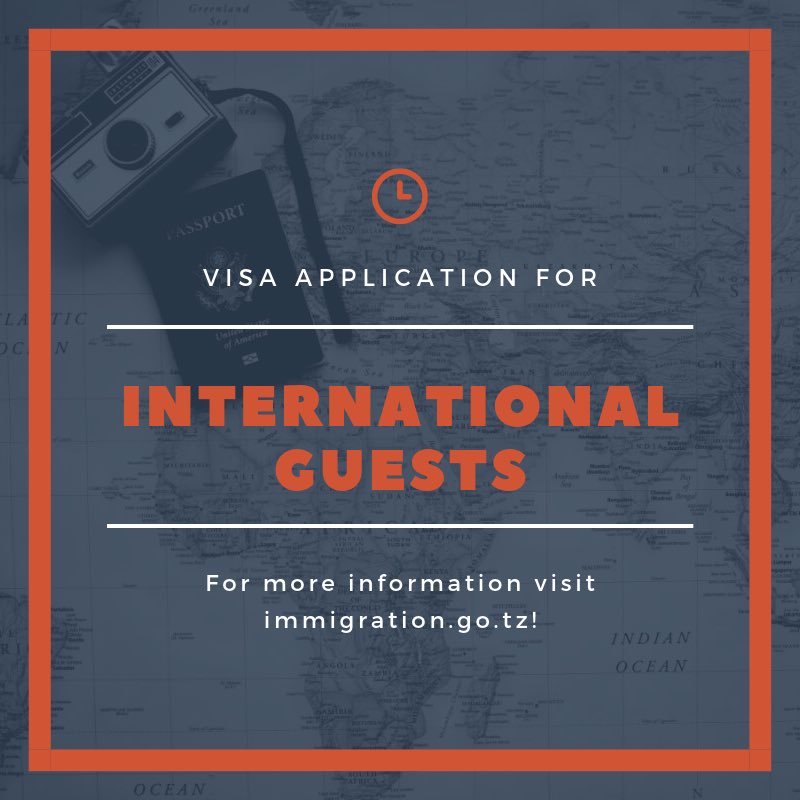Queen Elizabeth National Park
Initially known as Kazinga National Park in the year 1952 and renamed two years later to commemorate the visit by Queen Elizabeth II of Great Britain . Spanning the equator line that crosses at 0 degrees, the park supports at least 95 species of mammals, including 10 primate species such as the chimpanzees in Kyambura gorge, and over 600 bird species making it a unique place to visit the whole of east Africa. One of Uganda’s oldest parks and second largest after Murchison falls national park, the park is about 1978 sq and The Katwe explosion craters known for saline waters mark the park’s highest point at 1,350m above sea level, whereas the lowest point is 910m, at Lake Edward.
Uniquely Ours
The fact is that the park is Uganda’s most popular tourist destination. A uniquely diverse ecosystem, starting from the sprawling savanna, humid rain forests, fertile wetlands, sparkling lakes, and, make it the ideal habitat for a classic big game.
Set at the footprints of the jagged Rwenzori Mountains, the park is blessed with dozens of enormous craters carved dramatically into the rolling green hills, the biggest Kazinga channel with the highest population of hippopotamuses lined on its banks, the endless great Ishasha plains, whose magical fig trees harbor lions ready to always give a surprise visit to the prey. Leopards and hyenas, serval cats, and many others. The park was by then home of nomads who used to graze and stay within before being gazetted, this brings a strong history to the communities surrounding the park and gives visitors chances of enjoying the folk songs, and stories and participating in different community activities like fishing.
The vegetation of queen Elizabeth national park consists of small trees’ primary thickets, like the acacias. The park, however, has five levels of vegetation; bushy grassland, thorny Acacia woodland, Lakeshore or swamp vegetation, and forest grassland. And this brings up the fact that it tends to be moist and woody in the west than the eastern part of Most of Queen Elizabeth.
ACTIVITIES
Game Drives
For a classic African safari experience, the tracks through Kasenyi the north Kazinga, and the Ishasha sector offer virtually guaranteed buffalo and elephant sights, along with baboons and warthogs. Having an experienced guide in the early morning or at dusk is the most successful way to track down a pride of lions, and maybe the odd of leopards, serval cats, and hyenas.
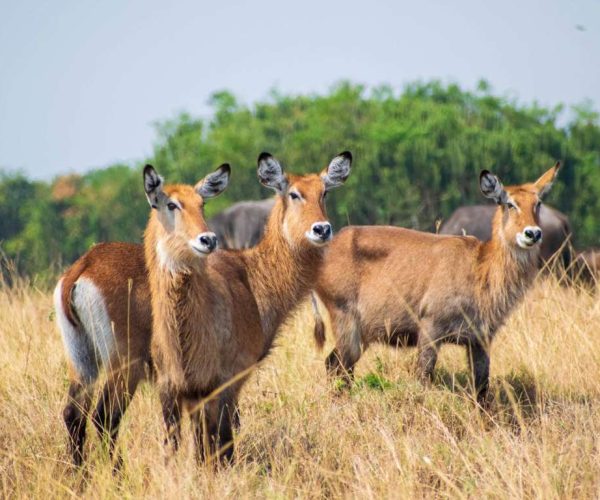
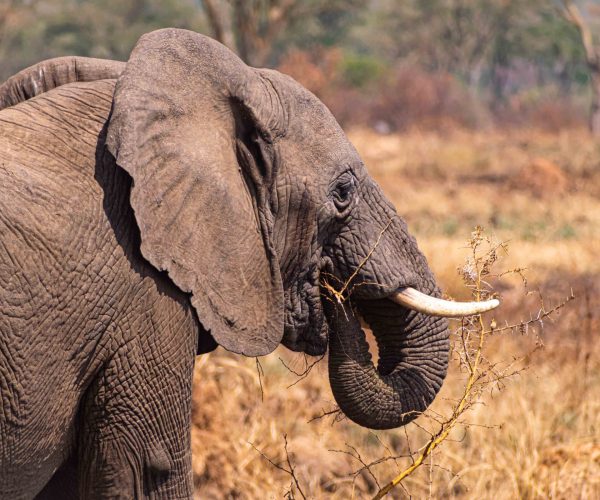
Boat Cruises
Kazinga channel is an oasis for many of the fascinating species that inhabit the park and taking a boat trip along gives visitors the chance to cruise just meters from hundreds of hippos, elephants lingering on the shorelines, and buffaloes. an average of 60-70 bird species can be during the trip, such as African fish eagles, Goliath Heron, and many others. It takes about 2-3 hours while on the memorable boat.
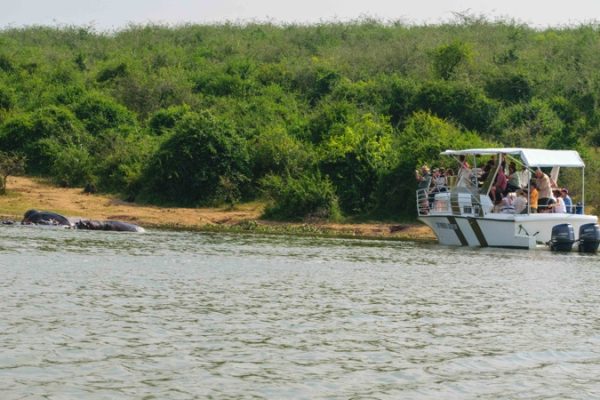
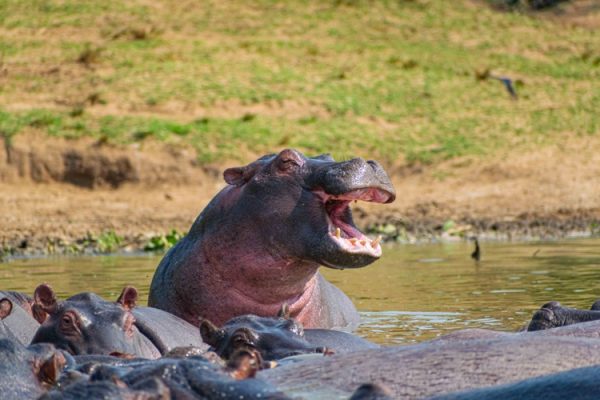
BIRDING
Classified as an Important Birding Area (IBA) by birding international, queen’s great varieties mean it is home to over 600 bird species. The park is among the greatest in east Africa with such phenomenal figures in its small size. The park borders Congo and this means visitors can spot both east and central African species .present in the park are the numerous water birds, woodland, and forest dwellers in Maramagambo forest, 54 raptors, and various migratory species. The key species include the Black-rumped Buttonquail, African Skimmer, Martial Eagle, Chapin’s Flycatcher, African Broadbill, Corncrake, Shoebill, Bar-tailed Godwit, Papyrus Gonolek, and many others. There are the best birding spots one must not miss while in queen Elizabeth national park, Mweya peninsula, Kazinga channel, Kasenyi grounds, Ishasha sector, Maramagambo forest, katunguru bridge, lake kikorongo, and the Katwe area.


Lion / Leopard Tracking
This new and unique experience allows visitors to actively participate in monitoring some of the exotic birds and mammals that fill the park, using the locator devices and learning habituation calls, as well as learning about the weather and behaviors of the animals. It's an activity like no, other, you are closer to lions, and being fed with information by the experienced personnel. This can be done in the early mornings and the evenings taking 3-4 hours.
HOW TO GET TO THE PARK?
By ROAD
The park is easily accessed on a smooth road from Kampala via Masaka, Mbarara, and Rubirizi, or from Kampala via mityana, fort portal, Kasese, and then kikorongo both routes are convenient in series of 410-420km. the park can also be accessed from the south of Bwindi impenetrable national park and this is always easier for travelers coming from the neighboring countries f Rwanda and Congo
Air travel
Visitors can easily access the park by using scheduled flights from kajansi airstrip and Entebbe airport connecting to Kasese, Mweya, and Ishasha airstrip.

